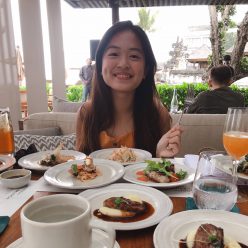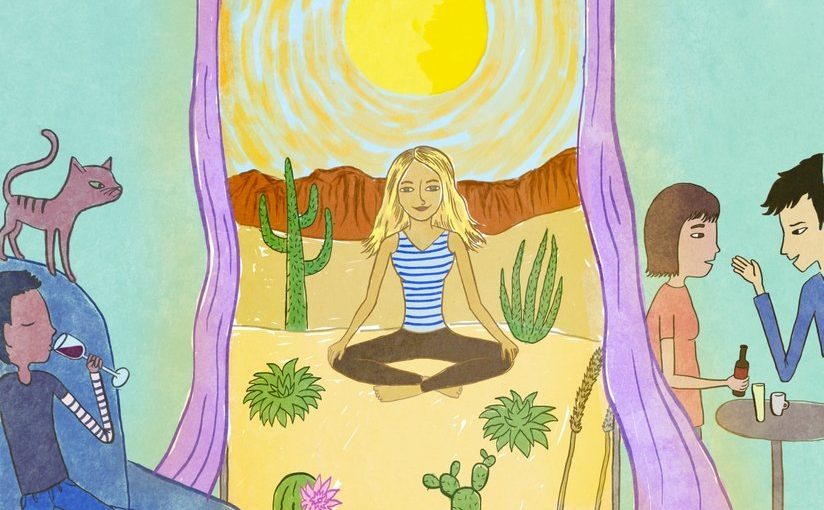https://docs.google.com/presentation/d/1t-SZgk4zM4DBLt15tb20AWOIY5OKk9nu9AAQQiRCCLg/edit?usp=sharing
Category: Project Management & Planning
FYP 100 words Description
解
/jiè/
With dreams as the main theme of this installation, this project aims to allow users to exercise their creativity by allowing them to interpret the various jars differently. Each jar will encapsulate different dreams using miniature models together with lights to create different scenes. Users will have to interact with the jars in order to experience the installation in full. The dreams are the artist’s personal recollections, making the installation a way of allowing users to catch a glimpse of the artist’s personal life and emotions, with ambiguity allowing different emotions to be evoked in the users.
FYP Proposal Draft 2
As mentioned in my previous post, I would like to work on the topic Dreams, where audience get to experience dreams through different boxes. Initially I wanted to pre-collect different dream from different people because I would like to find out more about other people experience. However from the presentation, I was told why not start from my own dream and allow others to experience my dream. This way, I would be able to share with others on how I remember my own dream when 95% of dreams was forgotten the moment they wake up. That’s when I can choose to expand my work further.
How To remember dreams?

I went online to research on how to remember dreams and many mentioned that we should prepare a pen and paper beside our bed. Also, we need to remind ourselves before bed that we want to remember our dreams. The following morning or anytime when you woke up from a dream, the first thing we should do is to recall what just happened. It is not easy to remember every details the moment you wake up, but I feel that by writing down some key points will help link the story together.
Cling to any clues of what you might have been experiencing–moods, feelings, fragments of images, and try to rebuild a story from them.
Dreame.me
At this platform, people get to see their dreams come to life with artists and illustrators who work with them to make their dream into visuals. I find this interesting as the artist there get to create something unique based on the details the dreamer conveys to them. Sometimes the information provided can be little as it’s not easy to describe a dream to someone. Their end product often connects with the dreamer visuals well as the work do not have to be accurate as dreams are often abstract and wild.

How Studying Your Dreams Can Help Your Art Practice
Kim Gillingham is a dream coach where she guide artist through their dreams and help shape them into creative work. She do not analyse or solve their dream but to help identify the dream’s most vivid symbols and thus how to incorporate them into art-making.
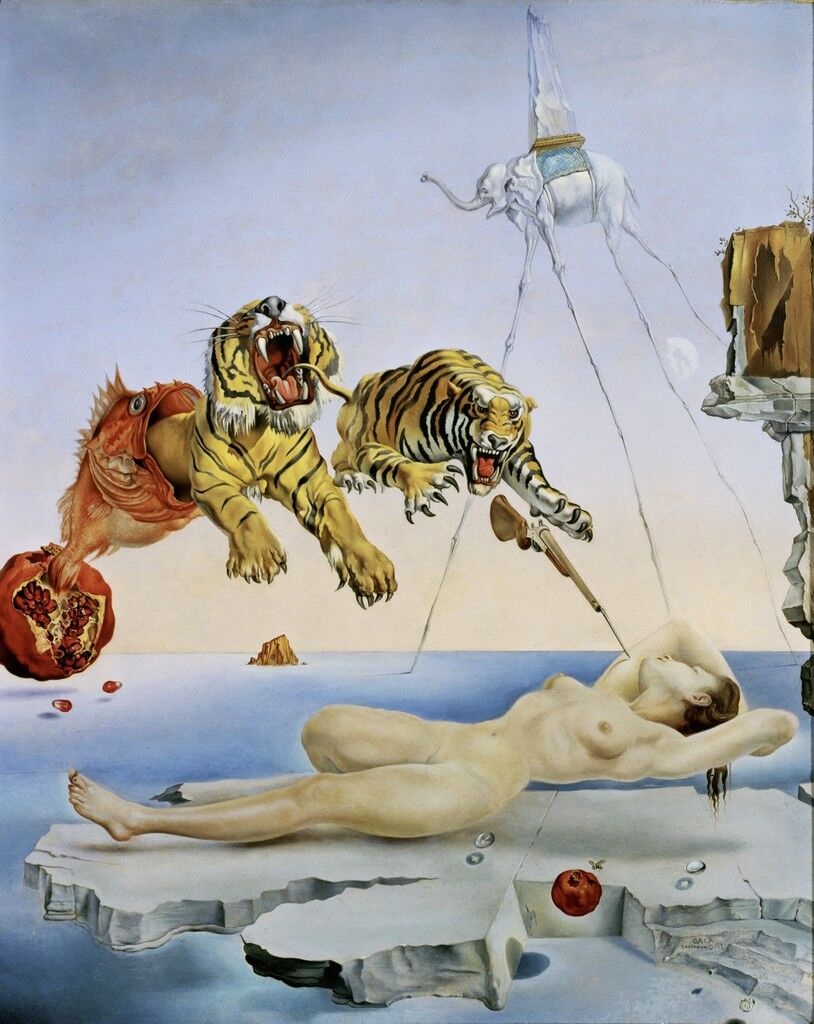
https://www.artsy.net/article/artsy-editorial-studying-dreams-help-art-practice
FYP Proposal Draft 1
Assignment 4 – Minimalism Review
Minimalism: SPACE. LIGHT. OBJECT.
(National Gallery)
ROOM FOR ONE COLOUR
By Olafur Eliasson
This work definitely leave a deep impression on me. The very first time when I visited this space, my friend screamed and asked me “AM I COLOURBLIND” and I was like “HUH?!”. Then the lady who work there told us that its normal and explained that its part of the experience.
At first we will only see saturated yellow light that makes all colours appear to be shades of yellow, grey and black. However, once you are in the room long enough and get comfortable with the space, with the degree of abstraction it entails, and that’s when we can start paying attention to what is happening with our vision.

In this space, it is covered in light from mono-frequency lamps that emit light of around 589 nanometres in wavelength, in the yellow region of the visible spectrum. This work shows how the brain adjust the colour of known object to make them appear the same colour in radically different lighting conditions.
Olafur Eliasson created a series of environments that explore the scientific effects of light and colour on our vision.
I think what the artist want us to understand that our sense of perception is not fixed and it changes with our environment. He transform the space into a room filled with a single colour when it “force” us to view things in a single manner. Thus if our perspective is altered, many things would appear different to us. Colour can play a big role in people recognising certain object, thus by removing colours will we view the object different? Or will our brain tell us that its still its original colour?
Assignment 3 – Thoughtful Interaction Design
Thoughtful Interaction Design
A Design Perspective on Information Technology
By Jonas Lowgren and Erik Stolterman
Being thoughtful is about being reflective. To reflect means that you use your critical mind to examine your role as a designer; …… A thoughtful designer is someone who takes on design as a serious and important task and who tries to become a designer with the ability to create fascinating, authentic, and useful digital artifacts.
We as a designer are aware that what we create is able to influence people, like spreading a message through the work. However, do we actually know the definition of being a designer? As designer, it is important to understand what our roles and responsibility is about.
The definition of a designer online, “a person who plans the look or working of something prior to it being made, by preparing drawings or plans.”
In this reading, it allows us to understand further on our role as a designer and make us think of what make one a “good” designer. This reading also talked about the relationship between a designer, the client and the users.
The client typically pays for the design work and makes final decisions about whether the results are acceptable.
To be honest, it is easy to forgo our role as a designer when facing difficult client. Like the sentence above, the client have the final say in everything as they are the one paying for the final product. The reading also mentioned that every design process is unique and the outcome can never be predicted. Sometimes, many designer chose to let go of certain aspect in the process of satisfying the client expectation and deadline. However, it is all part of the design process and it’s something designer must go through.
If the outcome can be predicted, it is by definition not a design process.
Jellyfish Barge
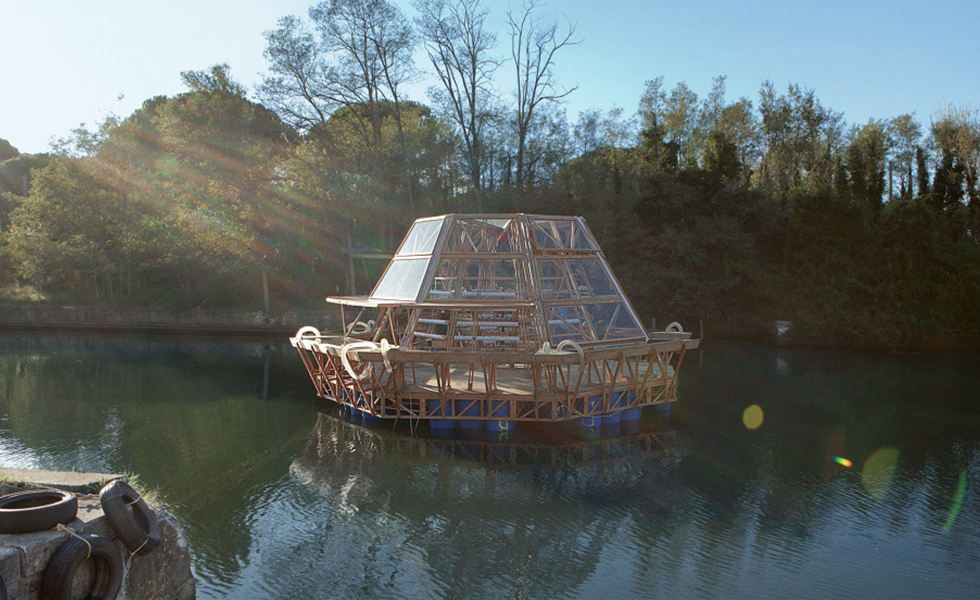
Jellyfish Barge is a greenhouse boat, a floating crop cultivator that does not rely on soil, fresh water or chemical energy. It purifies salt or polluted water with desalination units that produce up to 150L of clean water per day. Also, Jellyfish Barge is built with low cost technologies and simple material like recycled plastic drums. With technology, user can monitor and control Jellyfish Barge remotely. This creation do not need any power source but generate with solar panels.
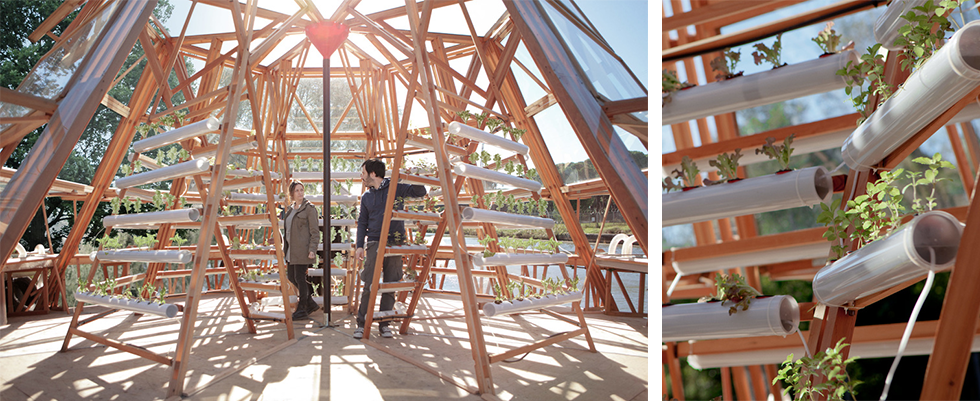
This is created with regards to the prediction of global demand for food that will be 60-70% higher than today. Agriculture is the human activity that relies most on the existing water resources. Due to the change in climate, many areas are more vulnerable to the problem of water and food. With this creation, no water is needed to grow agriculture and produce more food which helps solve the problems faced.
Assignment 2 – Michelangelo Pistoletto
The Third Paradise
Michelangelo Pistoletto

Before we discussed about Michelangelo Pistoletto in class, I never knew that the “purple flower” on top of ADM building was his art work. I was not able to see the full picture of the infinity sign and was wondering why the change? However, I got to understand more about his work from the documentary film in ADM library.
In the film, Michelangelo Pistoletto mentioned that the third paradise is a fusion between the first and second paradise. The first paradise where humans were fully integrated into nature and the second paradise is the artificial paradise produced by human intelligence through science and technology. Where as the third paradise is a balanced connection between artifice and nature.
I feel that a work like this created by mankind was “forced” to changed/grow as the natural environment changes. Did they manage to find a balance between the nature and artificial through this art work? The amazing thing is nobody knows if it does help in balancing because it is up to the individual perspective.
“The artificial world has provided mankind with comforts, but also led to the deterioration of our natural environment,” said Mr Pistoletto.

During the lecture, Michelangelo Pistoletto also mentioned the Arte Povera movement literally “Poor Art” where it goes back to simple, humble and organic materials like everyday objects. It is not just about money but more about making art without the restraints of traditional practices and materials.
One of Michelangelo Pistoletto art work, The Walking Sculpture, where the artist rolled a newspaper sphere across many city streets. This performances has been done many time in many different locations over the last 50 years. It is an act of dissonance against both traditional methods of art making and behavioural norms.
Having a art work that is able to be inside or outside of an exhibition is definitely something new. The idea of having people to interact with the art work not only encourage human participation with the art but also with one another where it brings out Michelangelo Pistoletto’ main concern of connecting with each other.
Assignment 1 – Biography
Biography
Hiew Jin Yee is an aspiring artist who seeks to explore how the use of technology can be brought into arts. She is currently pursuing a Degree in Fine Arts in Interactive Media at Nanyang Technological University (NTU) , School of Art, Design and Media.
She has a background in Interactive Media in Polytechnic where she is exposed to different 2D and 3D software like Illustrator, Photoshop and 3D Max. From then on, she grew her interest on how we can incorporate art and technology.
She is often inspired by the theme of dreams, where she think that dreams can be interpreted in many ways. Through her works, she hope that the audience will be able to experience the artwork with their full creativity.
The Dream Enclosure
Our project objective is to provide an interactive experience to the user via the use of the confined, altered space coupled with abstract visuals and audio recordings to enable the user to experience someone else’s dreams as open-endedly as possible. This project recognises the uniqueness of human thought and imagination and hence invites the user to experience someone else’s dream with their full creativity.
Resume
The Virtual Reality of Stories
By Laurie Anderson
Laurie Anderson has worked on virtual reality storytelling and in this interview, she speaks about virtual reality as a medium to tell stories. In our opinion, virtual reality is the ultimate alteration of space, that is only limited by technology. She also uses narration in many of her videos along with illustrations, which is what we aim to do with dream narration but with abstract visuals. In our project, we have chosen to record and use the voices of the people who dreamt these dreams which is more personal.
